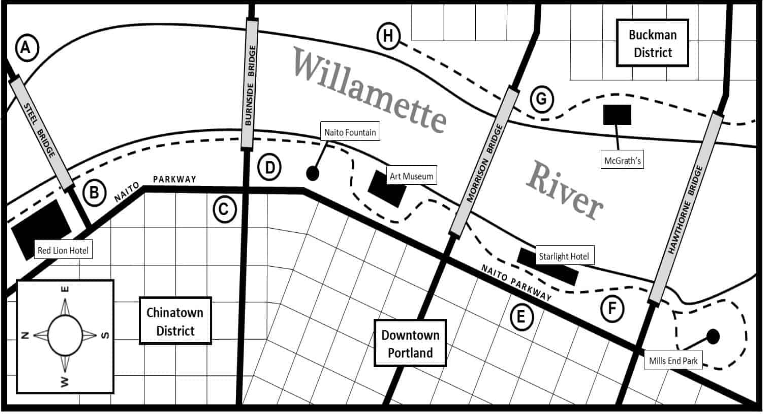There are no items in your cart
Add More
Add More
| Item Details | Price | ||
|---|---|---|---|

Is it challenging to listen and write something at the same time? Do you get confused between words? There can be chances of experiencing such situations at times if you lack the right knowledge. When it comes to international exams like IELTS, PTE, and so on, you have to understand some tips to ace your IELTS listening module. It is not tough to pursue a good IELTS listening score if you take on IELTS listening practice tests.
IELTS is an international English exam that contains four modules out of which the Listening module is the easiest since one needs to pen down what is being said in the audio clip.
Since it is very clearly mentioned that you won’t be able to listen to the audio again so when it starts, you need to pay very close attention to the starting of whatever conversation or presentation you are listening to. It is mainly because you may be given some hints or clues by the speaker at the very beginning regarding the directions of the map.
Tips for labeling IELTS listening Map:
Even though these are common words to use, they are often misspelled. Due to this, candidates lose their valuable marks even in the easiest part of their Listening test.
Kindly look below for more clarity on the procedure.
Surely, it could be suspected for once that, for the map being shown above, the speaker is either:
The audio clip will try to hint where those situations are happening, but you should be well aware of the details before jotting down the answers.
Moreover, the IELTS Listening map questions that you encounter in the IELTS exam also help you improve your analytical skills and power to stay focussed. In brief, the IELTS is a valuable test since it evaluates your ability to grapple with various current world situations. Undoubtedly, everyone needs to have the ability to ask for and give directions if they are planning to move to an English environment.
You need to understand the language of location, especially the prepositions of place, and direction if you want to achieve the best bands.

IELTS Listening Test Map Vocabulary – List 2
You all know that the Maps are always shown with compass points. You must know the 8 points of the compass as these are frequently used in the recording clips to denote position. Look below:

IELTS Listening Test Map Vocabulary – List 5

The bus station is on the right just past the shopping center.
The town center has a pedestrian walkway running alongside a row of adjoining shops.
Summary
At last but not least, IELTS listening is easy to pass with good bands if you have practiced it harder through various mock tests. The speakers in the audio tell you clues about how to look at the map. While the IELTS Listening section may appear challenging and confusing, you can crack it easily with thorough practice either through online or offline IELTS coaching. Do not miss out on the basics like the usage of prepositions and directions since they seem easy. If you are clear with the basics, you can score good marks. Most significantly, do not forget to practice IELTS map labeling with audio texts. Your consistent practice through IELTS listening sample tests will boost your confidence in you before your exam day.
For any further assistance in IELTS listening, keep reading our blogs. And, if you want to prepare for IELTS with professional and superior mentors, contact Dr.Roma IELTS institute today.